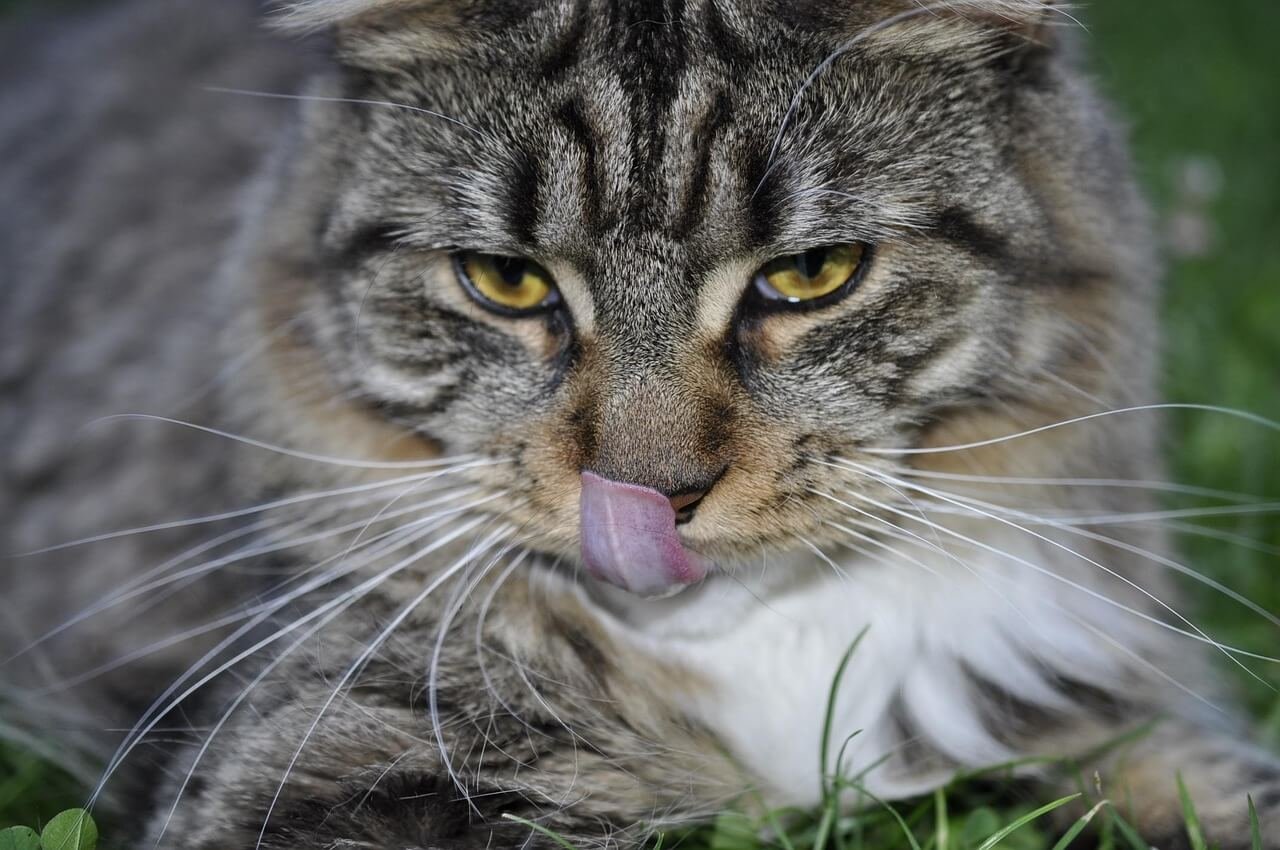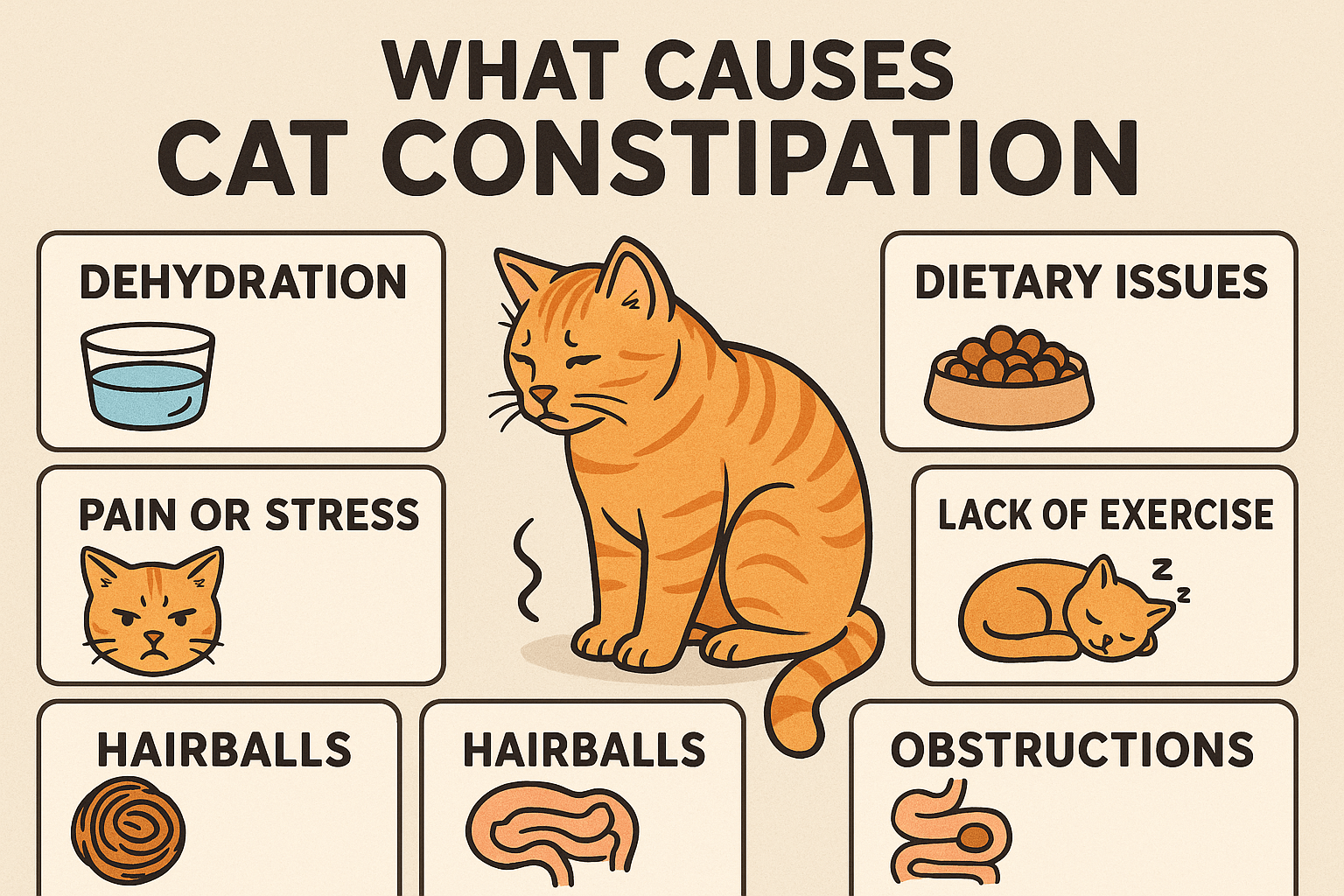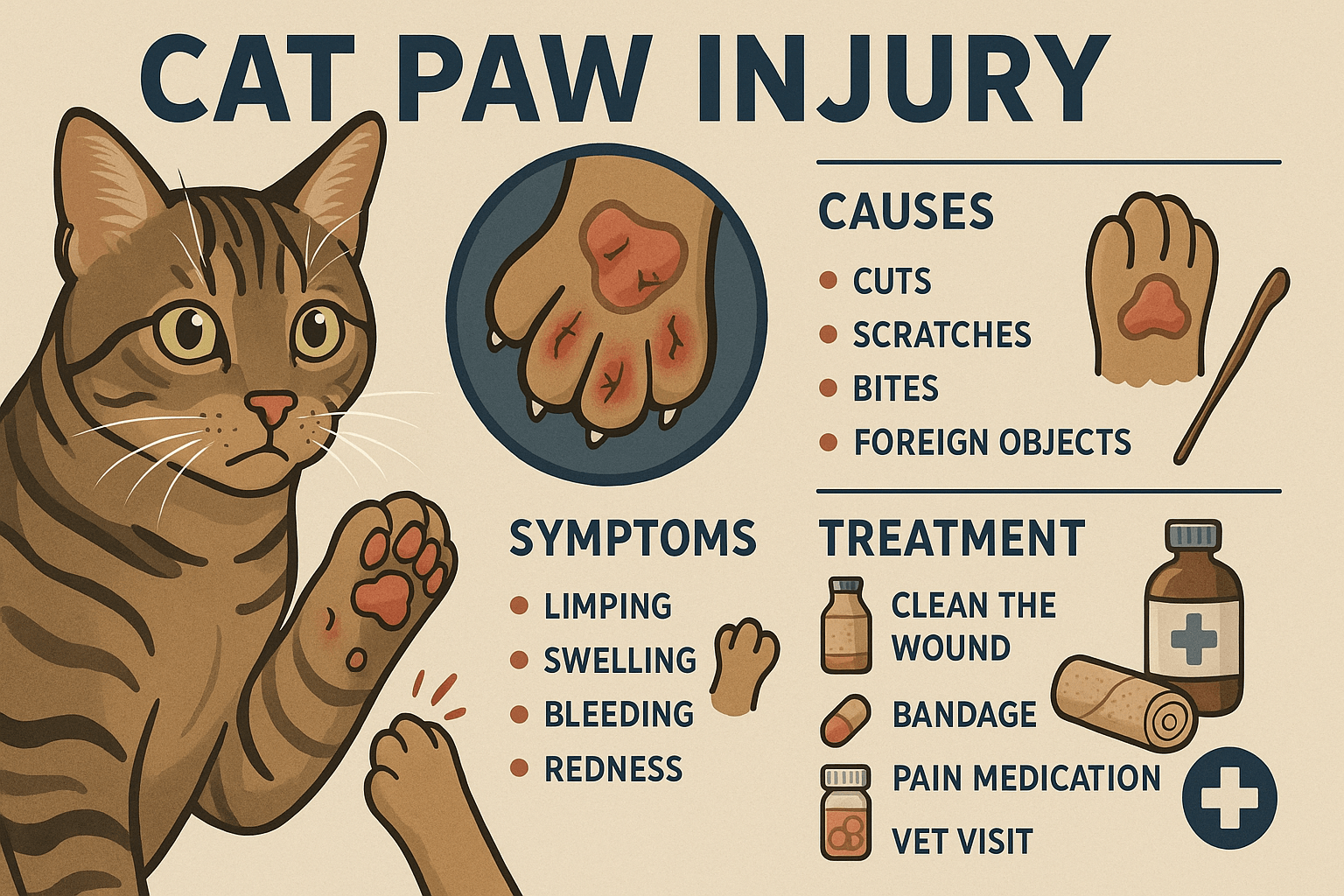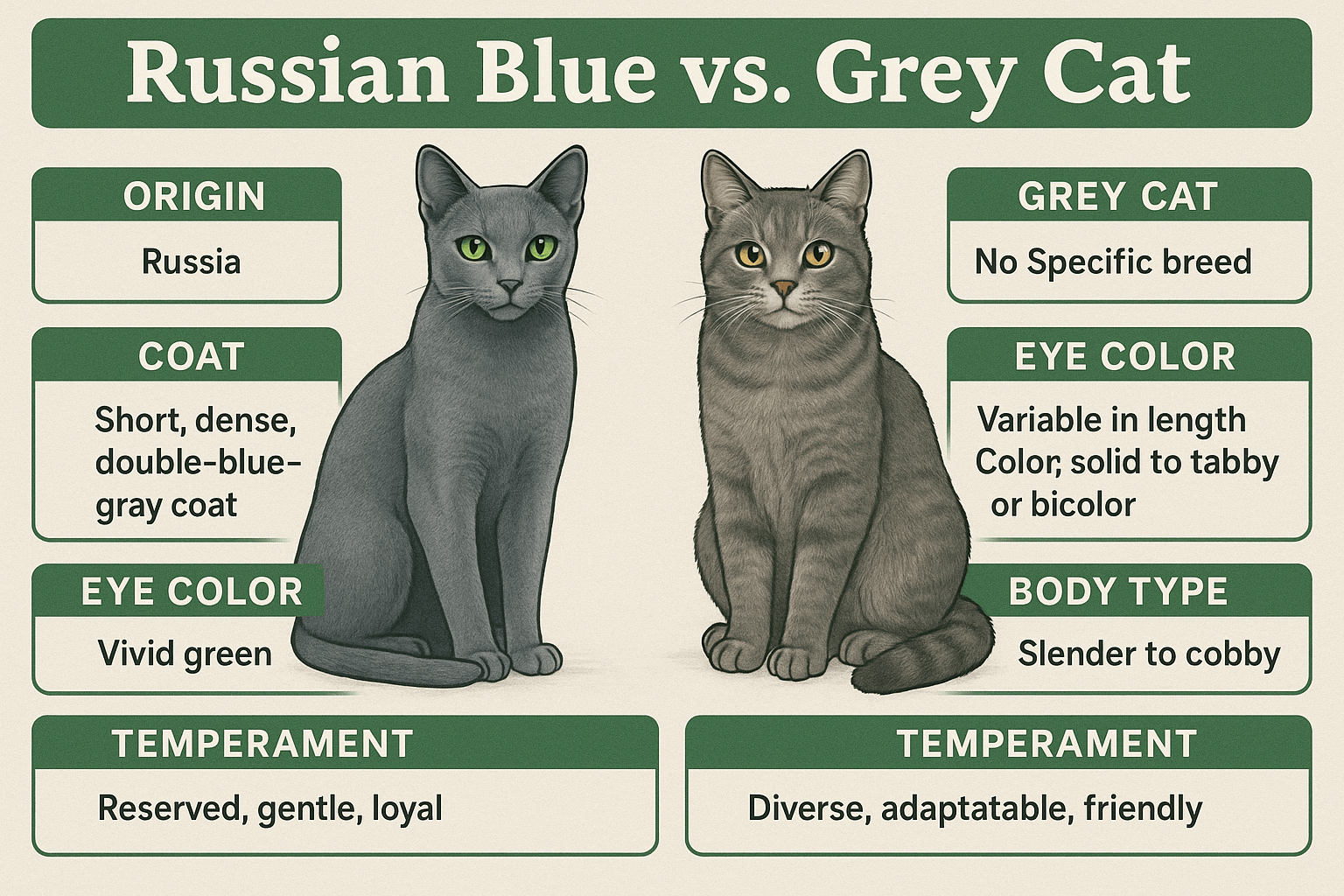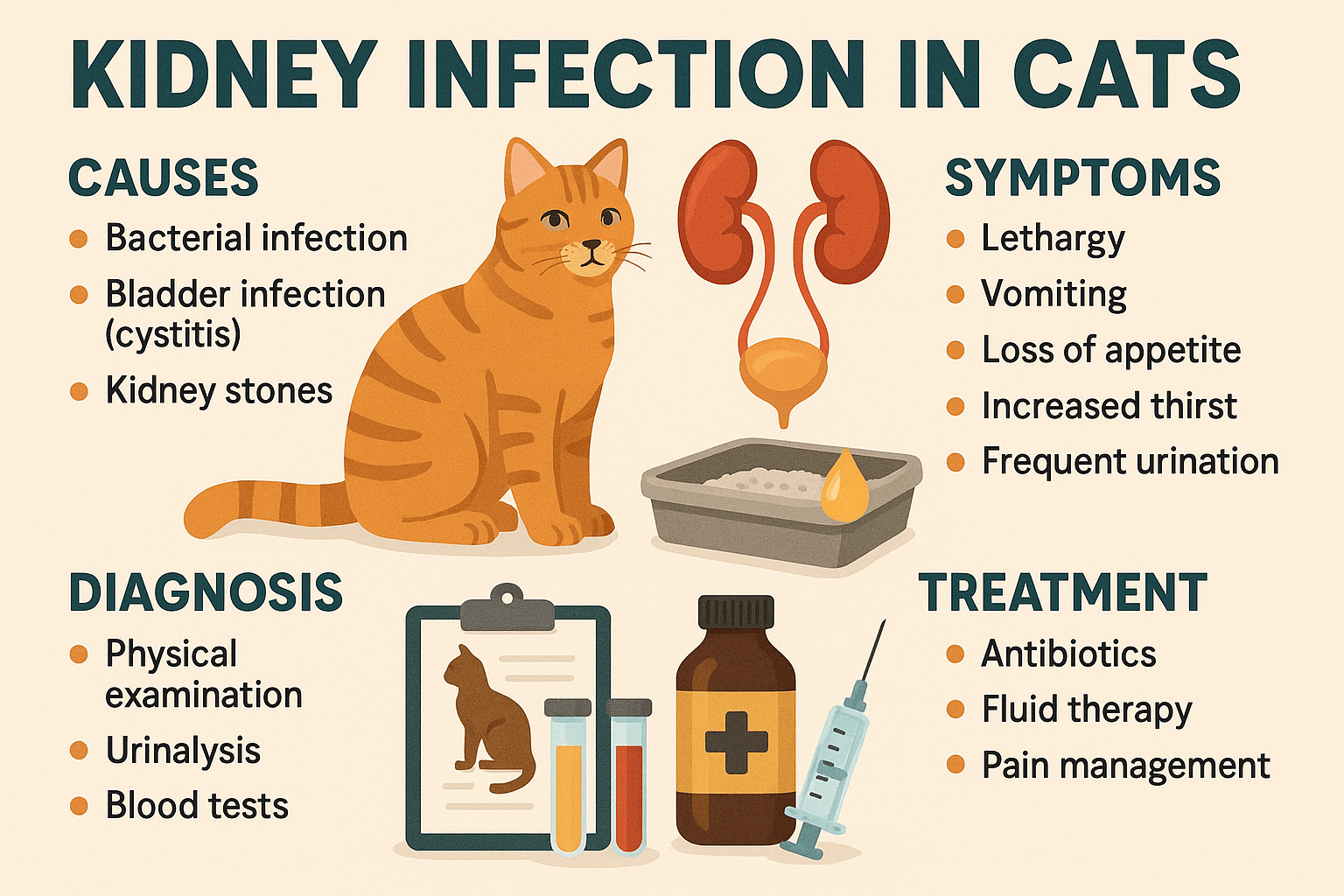Understanding Cat Paw Abscess: Causes, Symptoms, and Treatment
A cat paw abscess is a common yet concerning issue that many feline owners encounter. These painful infections often develop after an injury or bite, leading to swelling, discomfort, and potential health complications if left untreated. While cats are naturally resilient creatures, their paws are particularly vulnerable to injuries due to their active lifestyles. Whether your cat spends time outdoors exploring or stays indoors playing, understanding the causes, symptoms, and treatment options for paw abscesses is crucial for ensuring their well-being. In this guide, we’ll delve into everything you need to know about recognizing and addressing this condition effectively.
Common Causes of Cat Paw Abscesses
Cat paw abscesses typically result from bacterial infections that develop after trauma or injury. Identifying the root cause can help prevent future occurrences and ensure prompt treatment.
Bites from Other Animals:
Cats that roam outdoors may get into fights with other animals, leading to puncture wounds that become infected.Sharp Objects in the Environment:
Stepping on thorns, nails, or shards of glass can introduce bacteria into the paw, triggering an abscess.Scratches or Cuts:
Even minor scratches can become infected if not cleaned properly, especially in outdoor settings.Insect Bites or Stings:
Some insect bites can lead to localized infections, resulting in abscess formation.Poor Wound Care:
Neglecting to clean or monitor a wound increases the risk of infection spreading and forming an abscess.
Understanding these causes allows you to take preventive measures and act quickly if your cat sustains an injury.
Signs Your Cat May Have a Paw Abscess
Recognizing the symptoms of a cat paw abscess early can make a significant difference in your pet’s recovery. Keep an eye out for these telltale signs that indicate your cat may need veterinary attention.
Swelling or Lump on the Paw:
A noticeable bump or swelling is one of the most common indicators of an abscess forming beneath the skin.Limping or Favoring One Paw:
Cats with an abscess often avoid putting weight on the affected paw, signaling pain or discomfort.Excessive Licking or Chewing:
Cats instinctively lick injured areas, but excessive grooming around the paw may indicate irritation or infection.Discharge or Pus:
An abscess may rupture, releasing foul-smelling pus or fluid, which is a clear sign of infection.Redness and Warmth:
The affected area may appear red and feel warm to the touch due to inflammation.
If you notice any of these symptoms, it’s essential to consult a veterinarian promptly to prevent further complications.
Check this guide 👉Understanding Cat Paw Injuries: Best 7 Health Tips!
Check this guide 👉Understanding Cat Paw Yeast Infections: Best 7 Health Tips!
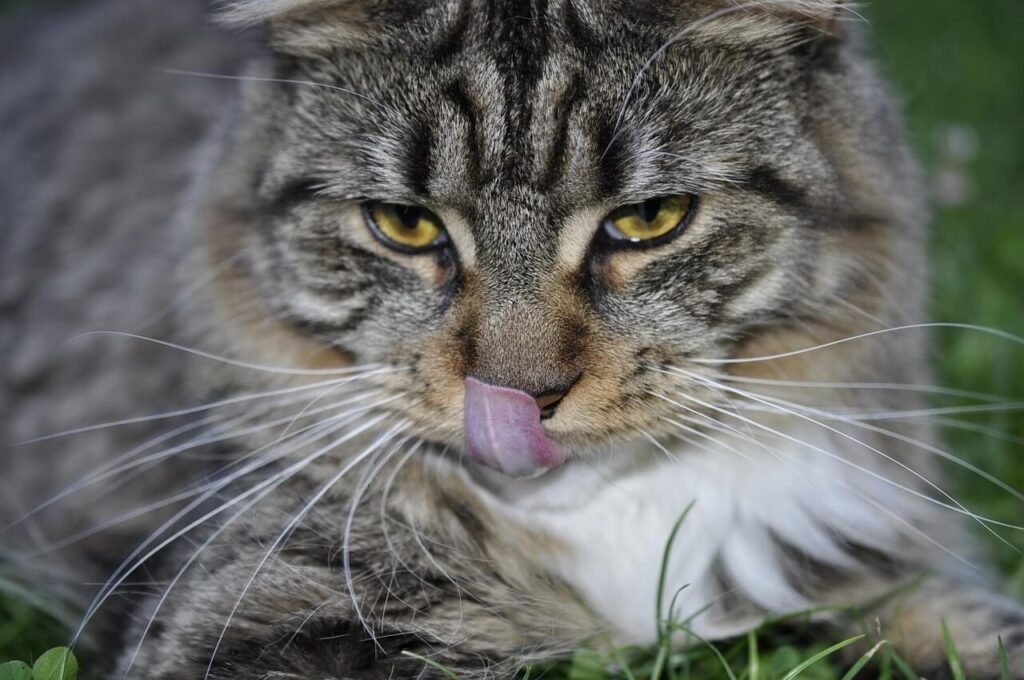
Preventive Measures for Paw Abscesses | Treatment Options for Paw Abscesses |
|---|---|
Regularly check your cat’s paws for cuts or wounds | Veterinary cleaning and draining of the abscess |
Keep outdoor cats indoors during peak fight times | Antibiotics to treat underlying infections |
Remove sharp objects from your yard or home | Pain relief medications prescribed by a vet |
Monitor interactions with other animals | Warm compresses to reduce swelling |
Maintain a clean environment to minimize bacteria | Surgical intervention for severe cases |
Steps to Prevent Cat Paw Abscesses
Prevention is always better than cure when it comes to cat paw abscesses. By taking proactive measures, you can significantly reduce the risk of your cat developing this painful condition.
Inspect Paws Regularly:
Make it a habit to examine your cat’s paws for cuts, thorns, or foreign objects, especially if they spend time outdoors.Provide Safe Outdoor Spaces:
Create enclosed outdoor areas or supervise outdoor playtime to minimize exposure to hazards like sharp objects or aggressive animals.Discourage Fighting Behavior:
Neuter or spay your cat to reduce territorial aggression and the likelihood of fights with other animals.Keep Nails Trimmed:
Proper nail care prevents accidental scratches that could lead to infections or abscesses.Clean Minor Wounds Immediately:
If you notice a scratch or cut, clean it gently with mild antiseptic and monitor for signs of infection.
By incorporating these preventive strategies into your routine, you can protect your cat’s paws and overall health.
How to Care for Your Cat After an Abscess Diagnosis
Once your veterinarian has treated your cat’s paw abscess, proper aftercare is essential for a smooth recovery. Follow these guidelines to support healing and prevent recurrence.
Administer Medications as Prescribed:
Ensure your cat takes all prescribed antibiotics and pain relievers according to the vet’s instructions.Keep the Area Clean:
Gently clean the affected paw with warm water or a vet-recommended solution to prevent reinfection.Limit Physical Activity:
Restrict jumping, running, or rough play to allow the paw to heal without additional strain.Use an Elizabethan Collar (E-Collar):
Prevent your cat from licking or chewing the abscess site by using a cone or soft recovery collar.Monitor for Complications:
Watch for signs of worsening symptoms, such as increased swelling or fever, and contact your vet immediately if needed.
With attentive care, your cat can recover fully and return to their playful self in no time.
Common Mistakes to Avoid When Dealing with Cat Paw Abscesses
When caring for a cat with a paw abscess, it’s easy to make mistakes that could delay healing or worsen the condition. Avoiding these common errors ensures your cat recovers as quickly and comfortably as possible.
Ignoring Early Symptoms:
Failing to address swelling, limping, or excessive licking can allow the infection to worsen before treatment begins.Attempting to Drain the Abscess Yourself:
Improperly draining an abscess at home can introduce more bacteria or cause further injury to the paw.Skipping Veterinary Care:
Assuming the abscess will heal on its own without professional treatment can lead to complications like systemic infections.Not Following Antibiotic Instructions:
Stopping antibiotics early or administering incorrect dosages reduces their effectiveness and risks recurrence.Allowing Continued Exposure to Hazards:
Letting your cat roam outdoors or play roughly while recovering increases the risk of reinjury or infection.
By avoiding these pitfalls, you can ensure your cat receives the care they need to heal properly and avoid future abscesses.
Alternative Remedies to Support Healing
While veterinary care is essential for treating a cat paw abscess, some complementary remedies can support recovery and promote overall paw health. These options should always be used in conjunction with professional advice.
Warm Compresses:
Applying a clean, warm compress to the affected area can help reduce swelling and encourage natural drainage.Herbal Antiseptics (Vet-Approved):
Some herbal solutions, like diluted calendula or chamomile, may soothe irritation when applied carefully to the paw.Supplements for Immune Support:
Omega-3 fatty acids or probiotics can boost your cat’s immune system, aiding in faster recovery from infections.Soft Bedding:
Providing soft, clean bedding minimizes pressure on the injured paw and promotes comfort during healing.Increased Hydration:
Encouraging your cat to drink more water helps flush toxins from their system and supports overall health.
These supportive measures can enhance your cat’s recovery process while complementing traditional veterinary treatments.
How to Keep Your Cat Comfortable During Recovery
Recovering from a paw abscess can be uncomfortable for your cat, but there are ways to make the experience less stressful and more pleasant. Prioritizing their comfort aids in both physical and emotional healing.
Create a Quiet Recovery Space:
Designate a calm, quiet area where your cat can rest without disturbances from other pets or loud noises.Offer Soft, Easy-to-Eat Food:
If your cat is reluctant to eat due to discomfort, provide soft food or slightly warmed meals to entice them.Engage Them with Gentle Play:
Use low-impact toys like feather wands or laser pointers to entertain your cat without straining their injured paw.Provide Accessible Litter Boxes:
Ensure litter boxes have low edges so your cat can enter and exit easily without aggravating their paw.Comfort with Extra Attention:
Spend quality time petting or talking to your cat to reassure them and reduce stress during their recovery period.
By focusing on your cat’s comfort, you can help them feel secure and supported as they heal from their paw abscess.
Frequently Asked Questions About Cat Paw Abscesses
What should I do if my cat’s abscess bursts?
Clean the area gently with warm water and contact your veterinarian to assess whether further treatment is needed.
Can I treat a cat paw abscess at home?
Mild cases may improve with home care, but professional veterinary treatment is recommended to prevent complications.
How long does it take for a paw abscess to heal?
With proper treatment, most abscesses heal within 7-10 days, though severe cases may take longer.
Are indoor cats at risk of paw abscesses?
Yes, indoor cats can still develop abscesses from minor injuries, insect bites, or scratches during play.
Will my cat need surgery for an abscess?
Surgery is rarely required unless the abscess is deep or has caused significant tissue damage.
Prioritizing Your Cat’s Paw Health
A cat paw abscess may seem daunting, but with timely intervention and proper care, your feline friend can recover quickly and comfortably. By staying vigilant for symptoms, practicing preventive measures, and seeking veterinary guidance when needed, you can safeguard your cat’s paws and overall well-being. Remember, your cat relies on their paws for nearly every activity, so keeping them healthy ensures a happy, active life. With love and attention, you can help your furry companion stay agile and free from painful infections.
What Causes Cat Constipation? Best 7 Expert Tips! Discover common causes, symptoms, and solutions for cat constipation to keep your feline healthy and comfortable.
Cat Paw Injury: Best 7 Expert Tips! Discover essential advice on identifying, treating, and preventing cat paw injuries to keep your feline friend healthy and happy.
Russian Blue vs Grey Cat: Best 7 Expert Tips! Discover key differences, unique traits, and expert advice to help you choose between a Russian Blue and a generic grey cat for your perfect feline companion.
Kidney Infection in Cats: Best 7 Expert Tips! Discover essential advice on recognizing symptoms, treatment options, and preventive care to keep your cat healthy and thriving.

